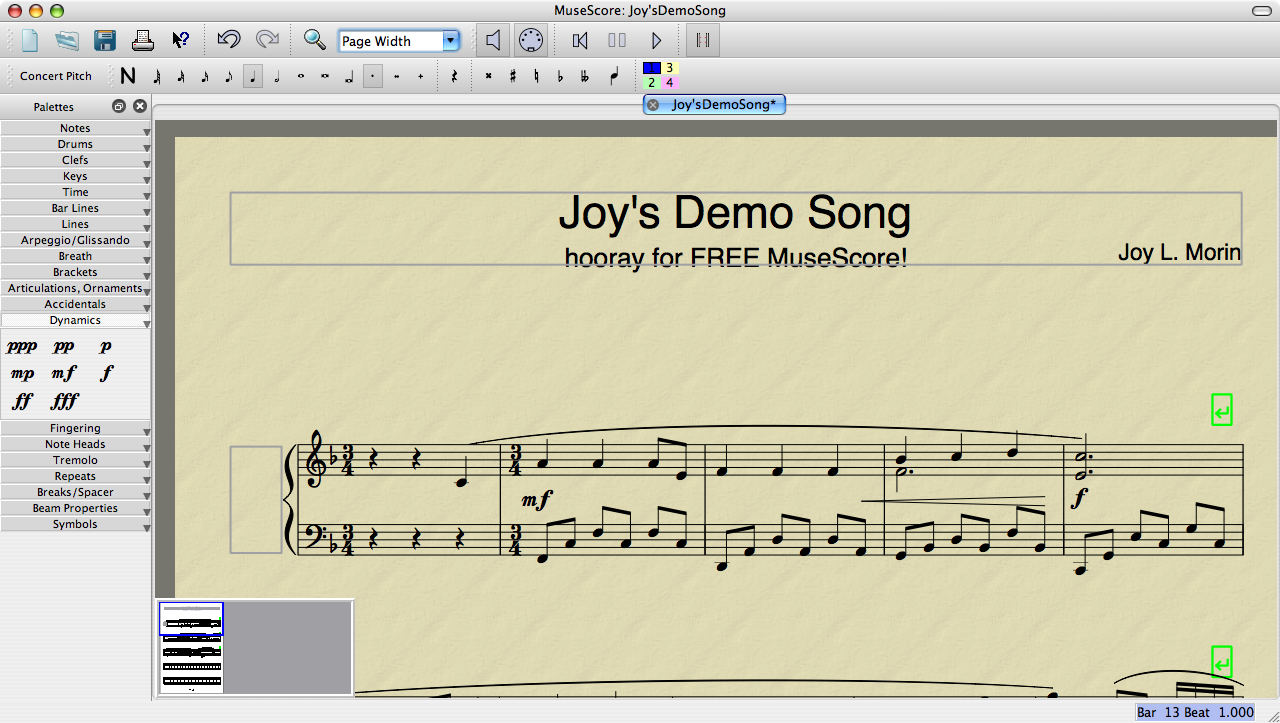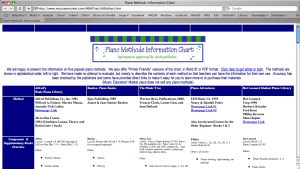Doesn’t seem like there’s a holiday for every day? You know, we all hear about days like Chocolate Day (July 7). And don’t tell me you missed National Creamsicle Day (August 14). It’s true. You really can find a holiday for every day. (Check out this website, for starters). It’s getting kind of ridiculous.
But here’s a really good one that piano teachers can take advantage of: International Day of Collaborative Music, January 22, 2011. I know it’s a ways off, but reading about it in American Piano Teacher (August/September issue, page 24, where MTNA annouces the Year of Collaborative Music — a yearlong celebration of collaborate music making, to take place from March 2010 to March 2011.) caused me to start brainstorming…
The Year of Collaborative Music and the International Day of Collaborative Music could be the perfect excuse to pair up students and assign some duet music and have some good old-fashioned fun. Assigning them their parts before they go off on Christmas Break could be the perfect way to allow them to have a break from their regular pieces and provide an incentive to do some practicing over the break. Then when January 22, 2011 rolls around, it’s time for the celebration! The students could try out/perform their duets in an informal setting and enjoy fellowship, food, and most importantly, good music. This could make for quite a fun group lesson for the month of January.
Alas, January 2011 is still afar off. The planning of all the details can wait until Summer 2010. But hey, it’s something fun to plan towards. But in the meantime — Happy Bad Poetry Day to you! And should you have forgotten, tomorrow is Snuffleupagus’s Birthday (from Sesame Street). Don’t forget to celebrate.









